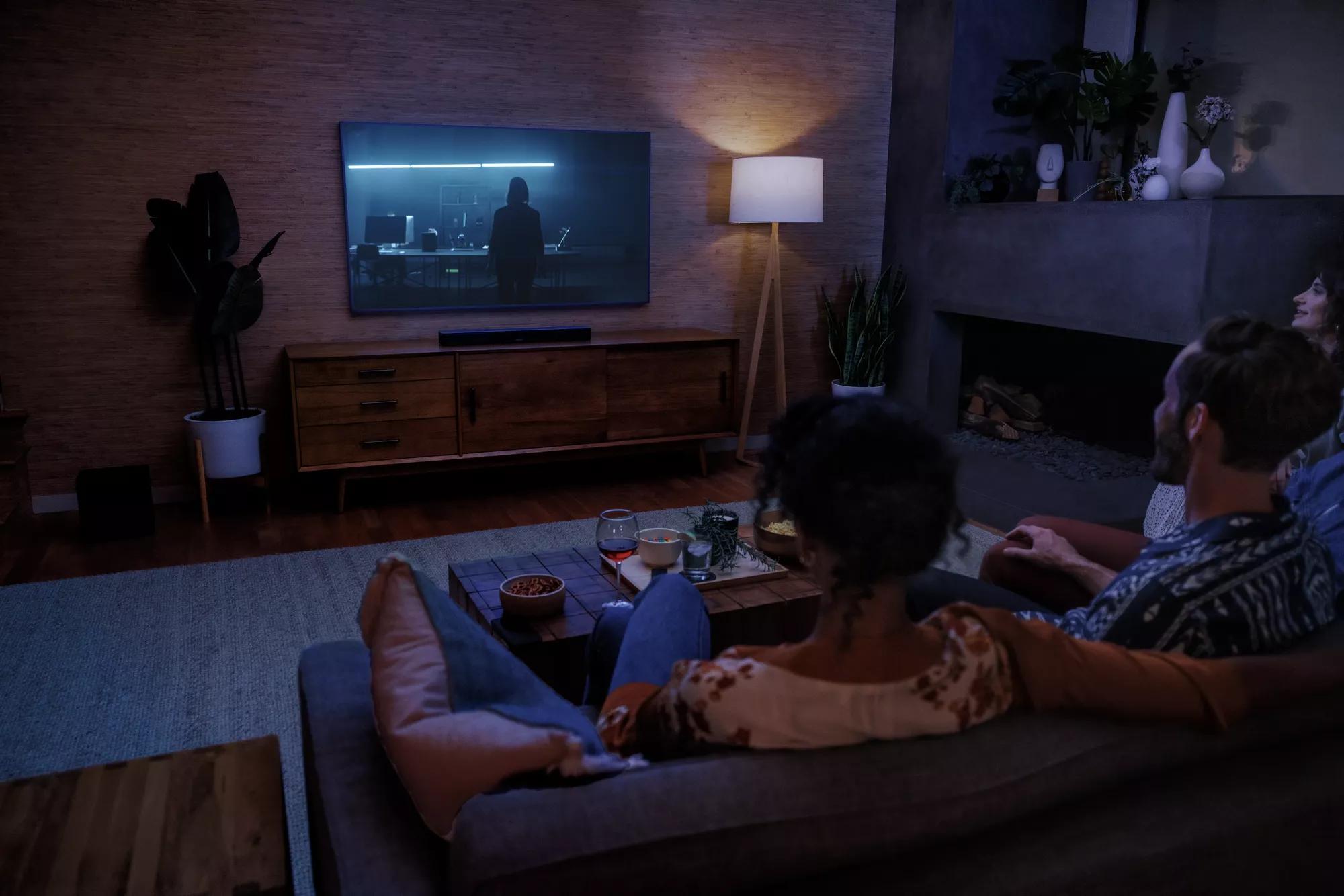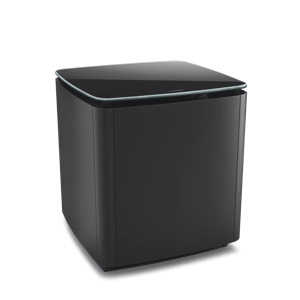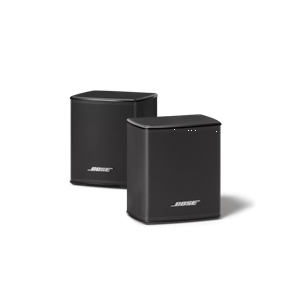Visuals and display
Flat screen or projector?
The audio experience
Level up with a soundbar
Subwoofers bring the bass
Surround speakers for larger home theaters
Seating and placements
Couches, chairs, beanbags, and more.
Speaker, soundbar, and subwoofer locations.
Everything in one
Featured in this story
Color:
Black
Color:
Black
Color:
Bose Black
Color:
Bose Black




